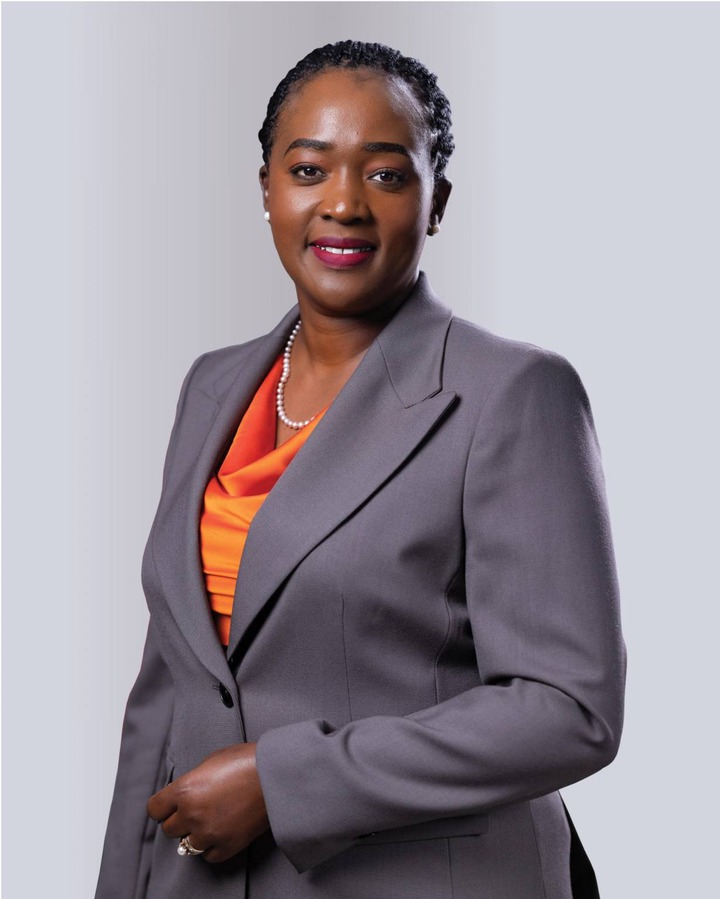The roles of the Chief of Defence Forces (CDF) and the Minister of Defence differ significantly, both in terms of power and responsibilities. While they both play crucial roles in the defense sector, their authority and focus areas are distinct.
The Minister of Defence holds the highest civilian position in defense matters and is responsible for setting defense policy, managing defense resources, and overseeing the defense budget.
The Minister acts as a link between the government and the military, ensuring that defense policies align with national interests and government priorities.
They report to the president or prime minister, depending on the country, and play a significant role in strategic defense planning and national security decisions.
The Minister is also involved in political and diplomatic aspects related to defense, such as international treaties and defense alliances.
On the other hand, the Chief of Defence Forces is the highest-ranking military officer, responsible for commanding the armed forces.
Their main role is to implement the defense policies set by the government and ensure the military’s readiness for defense and combat operations.
The CDF manages military operations, supervises training, and advises the government on military matters. While they do not have direct political power, their military expertise and leadership are vital in executing national defense strategies.
In terms of power, the Minister of Defence holds the final say on policy, budget, and strategic direction, whereas the Chief of Defence Forces commands the armed forces and is responsible for operational and tactical execution.
However, there is a balance in that civilian oversight of the military is essential to prevent undue influence or military dominance in governance. This separation ensures that the military remains under civilian control, maintaining the democratic framework.
By Mod

